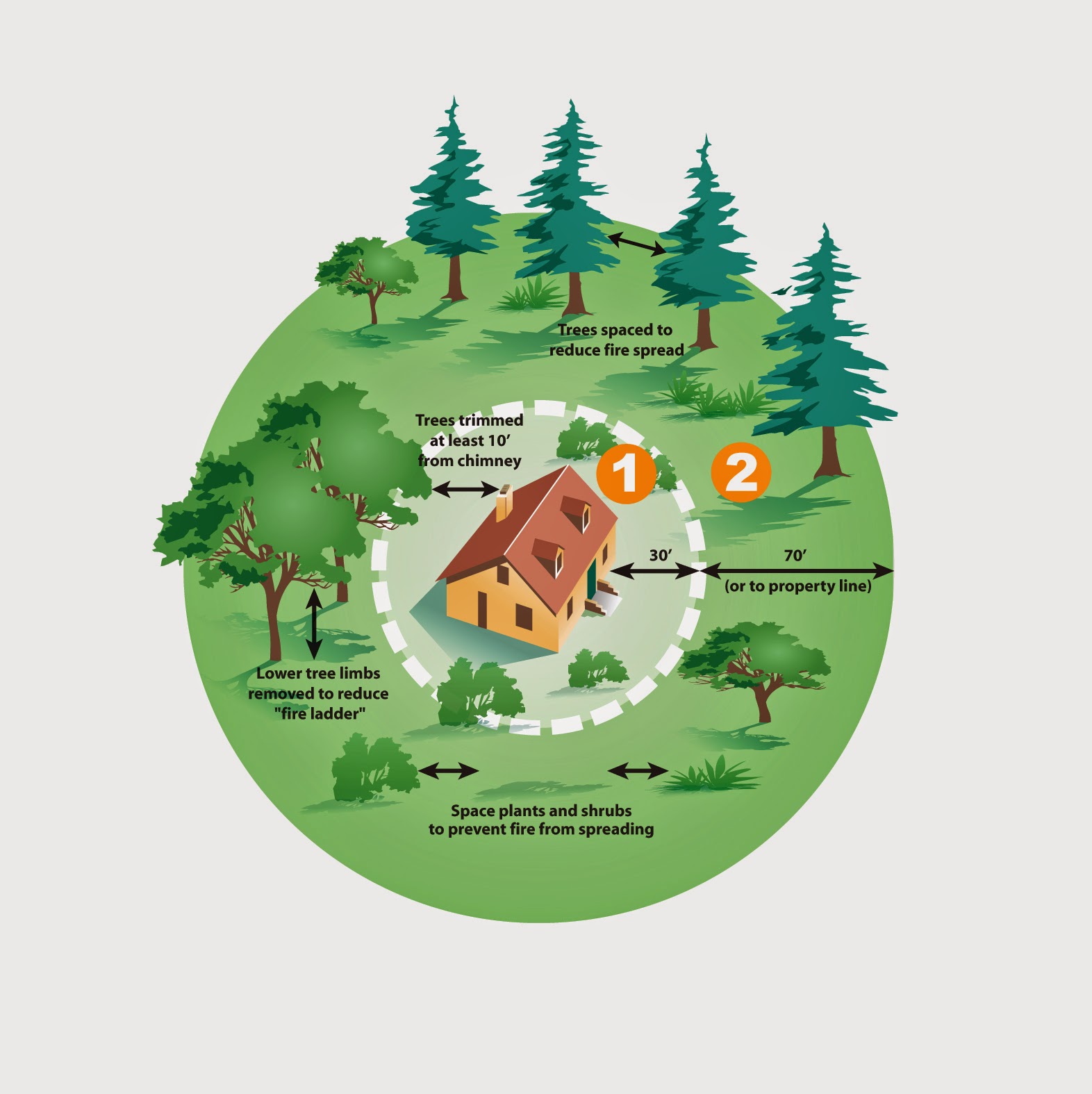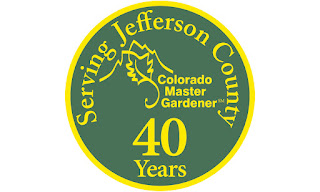 |
| Photo courtesy Design*Sponge |
Monday, October 31, 2016
Thursday, October 27, 2016
Gourd Birdhouses by Donna Duffy
 |
| Photo courtesy centralmarket.com |
It’s gourd harvesting time! There are two basic types of squash that are grown and used decoratively:
1) Cucurbita or soft-skinned gourds – these are the colorful orange, gold and green gourds that look like small squash and come in odd shapes; 2) Lagenaria or hard-skinned gourds – these larger, utilitarian gourds include the familiar Birdhouse, Bottle and Dipper gourds. Hard skinned gourds grow green on the vine and eventually turn shades of tan and brown.
Saturday, October 15, 2016
Crow Damage and Control by Joyce D'agostina
 |
| American Crow, photo courtesy audubon.org |
Attracting birds, bees and butterflies to your garden has always been a great idea. However this year, I have notice a much larger population of the black crow, Corvus corax, in our neighborhood. Crows have been known for many years to be foragers who will eat just about anything, including your favorite garden fruits and vegetables.
About mid-summer, when some of my tomatoes were finally ripening, I heard a commotion in the garden and noticed several of the crows flying out of my garden area. To my disappointment, they had helped themselves to several of the ripe tomatoes and also had done damage to a few others.
Since I am not always available to catch these crows when they are in my garden, I had to think of something to help deter them. The magpies also were very interested in my garden crops so I had to think fast to try to come up with something to deter them without doing harm or damaging my garden. Crows are known to be very clever birds with great memories and tend to travel in groups so that they help protect each other as they forage so I had to find something effective.
 |
| Mylar windsock, photo by Joyce D'agostina |
One item that I saw in a gardening catalog is a windsock type device that you hang in your garden. This item was made from a Mylar plastic that caused bright hologram type lights as the streamers move in the breeze. This was reported to be annoying and a deterrent to birds but was harmless to bees and butterflies.
I purchased one of these windsocks and hung it in the garden. I noticed almost immediately that the birds stayed away from the garden and no more plucked or pecked tomatoes. It was also hanging close to a Lavender Hyssop which the bees love and it didn’t seem to cause any issues with them continuing to enjoy that plant. This seemed to be a good solution because I didn’t want to use any chemicals or other harmful solutions to keep these hungry birds from my garden.
 |
| Scarecrows, photo courtesy Wikipedia |
Scarecrows have also been for centuries as a way for farmers to keep these birds from their crops. The idea was to make a large figure that resembled a human that would make the birds think that there were people in the garden, which scared them away. Today Scarecrows are found all around the world and there are scarecrow making contests. Adding a scarecrow to your garden will not only possibly help keep away the bird pests but also add a great seasonal look to your garden. If you google Scarecrows and your city or county name, you may find a local event featuring scarecrows.
Friday, October 7, 2016
Planning Your Garden for Next Year by Joyce D’Agostino
 |
| Photo by Carol King |
As we approach fall, most of us are busy doing cleanup of our summer garden. Since gardening can take time, effort and money to maintain, it is a good idea now to make a list of those vegetables or fruits that you want to plant again and the ones that you will eliminate.
Make two columns for your list, and label one column “keep” and "eliminate" in the other column. Even though you may be well aware now of what you didn’t want to plant again, after a few months of busy fall and winter activities, it might help to have a list to refer to so you remember some key issues.
For example, maybe this year you planted kale only to find that you, your family or friends didn’t like it. There is no point to plant anything that takes up garden space that won’t be eaten or appreciated. So you might want to put kale in the eliminate column. Also, if you like zucchini but don’t need bushels of it, you can make note to have only one plant next season. Anything that was a hit can go into the keep column.
Since many people can have limited time spent in the garden, any plant that was more high maintenance than you could handle should be considered on the cut list. If you had to spend a lot of time and money on certain plants, you can consider that maybe they are not worth trying to repeat them. And since our growing season can be shorter than some areas, having tomatoes for example that don’t produce until September may not be a smart choice either unless you find that they are worth the wait!
Sunday, October 2, 2016
Fall Pruning “Dos and Don’ts” by Audrey Stokes
Mild fall weather may have you thinking about pruning shrubs and trees but it's better to wait until winter or at least until after deciduous trees’ leaves have fallen. When it comes to fall pruning, procrastination is the way to go. One exception to any ‘no-pruning’ advice is that dead, diseased and damaged wood should be removed as soon as possible. Hire a professional arborist to remove big limbs, high branches, and any other tree job that you’re not prepared to do.
Pruning timetables can be broken down according to the type of plant: trees, shrubs, perennials and roses.
Subscribe to:
Posts (Atom)





